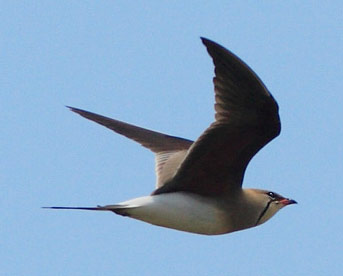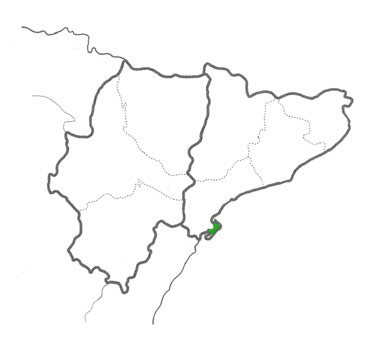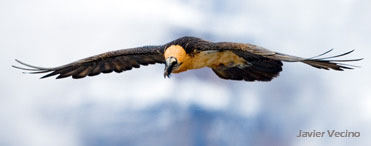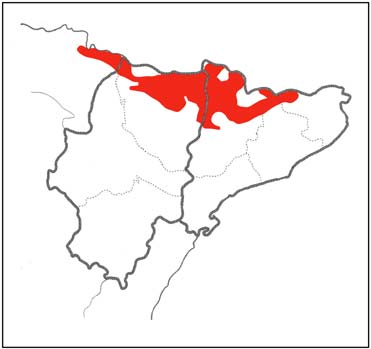It was a hot afternoon and two bird photographers and I were sitting at a terrace bar, enjoying a cool beer.
A woman in her fifties sitting alone at the next table looked at us and said, “Anglais?”
“Sorry?” I asked.
“Oh you are English! I’m glad – I’m not very good at speaking Spanish.”
Anglais? Spanish? I thought, but magnanimously let it pass.
“Are you birdwatchers?”, she inquired.
I suspect it was the Swarovski and Leica binoculars and the Canon digital cameras with huge 500mm lenses that led her to assume we were birders.
“Yes. And bird photographers,” I answered.
“Then perhaps you can tell me what kind of eagle is it that my husband and I regularly see flying over our house?”
“Eagles? Hmm, well, the most common species around is the Short-toed Eagle. White on the undersides.”
“Oh no, these are quite dark looking. But we see them regularly you see, sometimes fifty or more together.”
“Fifty? Then they must be vultures,” I explained.
“Oh no, the end of their wings are upturned, so they aren’t vultures.”
Judging from the vigour of her reply that wasn’t a comma, but rather a full-stop. Still, I couldn’t envisage incorporating her criterion for eagle identification “upturned wings= eagle” into my raptor identification classes.
JM, one of my companions, stepped in “Eagles are solitary birds, you rarely see more than 2 or 3 eagles together. They must be vultures.”
The lady pursed her lips, and shook her head, “No, no, not vultures.”
I shrugged, “If she wants them to be eagles, let them be eagles” I said to JM in a whisper.
But JM’s Swedish soul was stirred. Reason had to prevail, “Madam, this morning we have seen 7 species of raptor, and only one of them was an eagle.”
“Oh no, we know the vultures. These were eagles,” she sentenced, shaking her head.
We looked at each other and the only way forward seemed to be to let matters lie. She had obviously decided that our judgement was not to be trusted. Was it my accent?
We bade her farewell as she got on her bicycle to cycle back home down the road towards Balaguer. Just as a dozen vultures were soaring on a thermal over a nearby hilltop. Sorry, not vultures, eagles …they had upturned wing tips.




